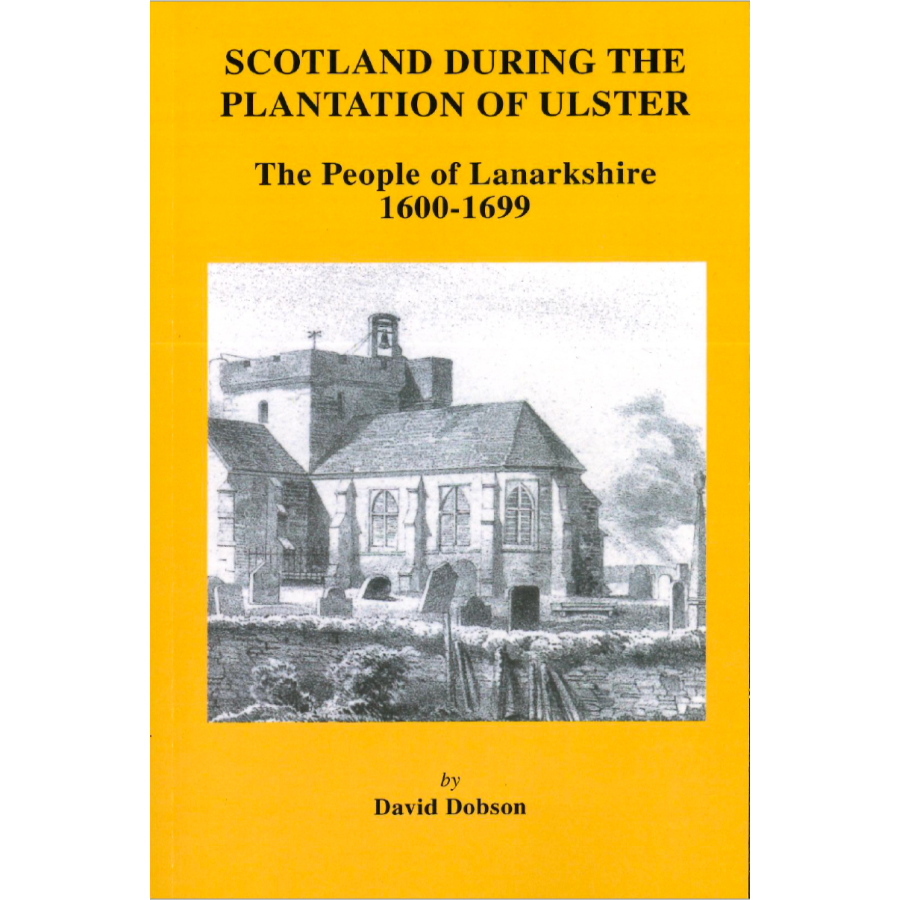Scotland During the Plantation of Ulster: The People of Lanarkshire, 1600-1699
Couldn't load pickup availability
Scotland during the 17th century was a nation in transition. The Union of the Crowns of Scotland and England in 1603 resulted in significant changes in the relationships between the two countries, which led to a degree of cooperation between them, such as the elimination of the cross-border rustling or reiving that had existed for centuries, the expansion of trade, and a degree of collaboration in colonial ventures. This latter feature was particularly important for the Protestant settlement of Ireland, inasmuch as King James I of England (James VI of Scotland) invited Scots to participate. James granted vast estates to Scottish "undertakers" (many of whom lived in Southwest Scotland), and they in turn recruited settlers from among their own tenants to develop these lands. While economic opportunity was a major factor attracting Scots to Ulster, others fled from religious persecution. Those who settled in Ulster were the forefathers of the Scotch-Irish.
This book, which is designed as an aid to family historians seeking their origins in Lanarkshire or Clydesdale, as it was once known, is the third volume in a series designed to provide information on Scottish communities that participated in the Ulster exodus. The Old Parish Registers of the Church of Scotland are the backbone of Scottish genealogical research, and in the case of county Lanark their survival is better than average, with 53 such registers extant. This work, however, supplements information found in the church records and is based almost completely on primary sources, including the Register of Deeds of the Court of Session, Lanarkshire Sasines, the Registers of Testaments for Lanark and Glasgow, Monumental Inscription lists, the Register of Burgesses and Guildsbrethren of Glasgow, and the Register of the Privy Council of Scotland.
While Mr. Dobson makes no claims for comprehensiveness, this book does identify more than 2,000 seventeenth-century residents of Lanarkshire who may have figured in the exodus to Ulster. Each such individual is identified by name, occupation, at least one date (e.g., burgess of Ayr, 1607, or testament, 1662), and the source of the information. In many cases, the entries also identify the resident's parents, spouse, or offspring; vessel(s) traveled on; additional dates; and more.
The first two volumes in this series are similar in arrangement and covered the seventeenth-century inhabitants of Ayrshire and Dumfries/Galloway.
David Dobson
2009, paper, 162 pp.
ISBN: 9780806354132
102-9019
